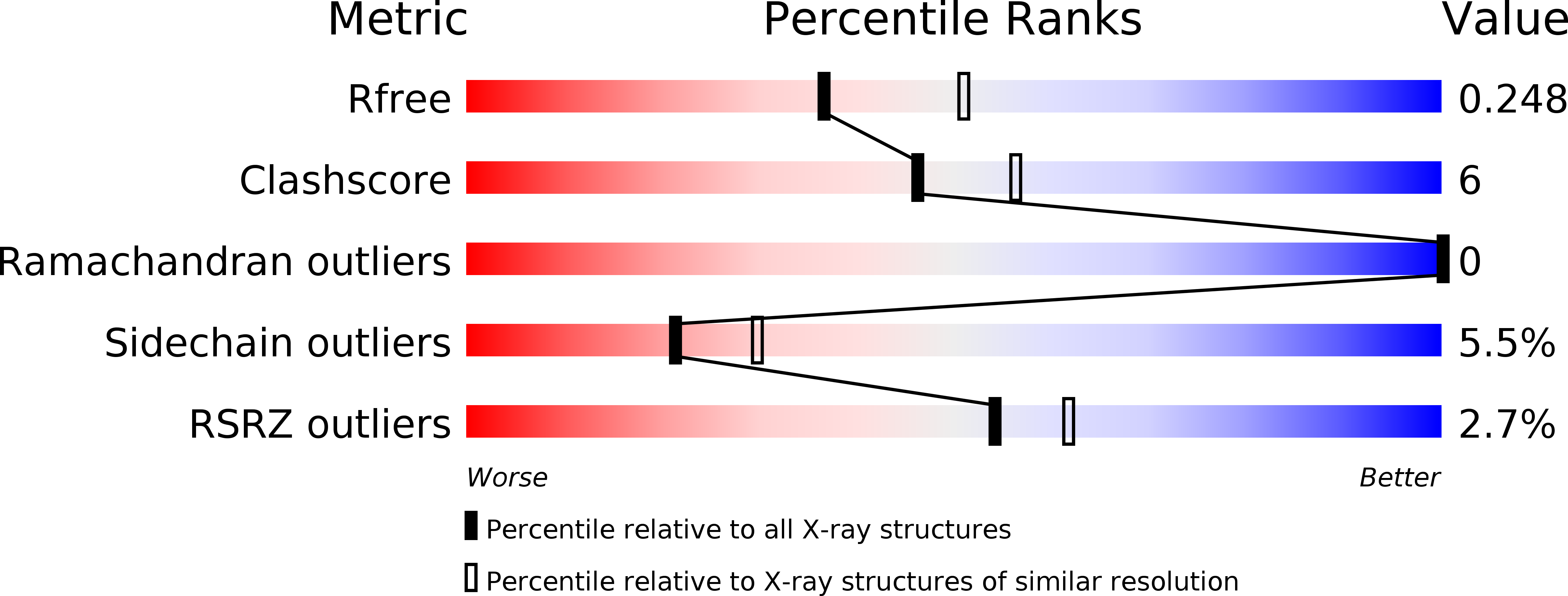
Deposition Date
2019-12-16
Release Date
2019-12-25
Last Version Date
2024-01-24
Entry Detail
PDB ID:
6TQJ
Keywords:
Title:
Crystal structure of the c14 ring of the F1FO ATP synthase from spinach chloroplast
Biological Source:
Source Organism:
Spinacia oleracea (Taxon ID: 3562)
Host Organism:
Method Details:
Experimental Method:
Resolution:
2.30 Å
R-Value Free:
0.23
R-Value Work:
0.20
R-Value Observed:
0.20
Space Group:
I 1 2 1


